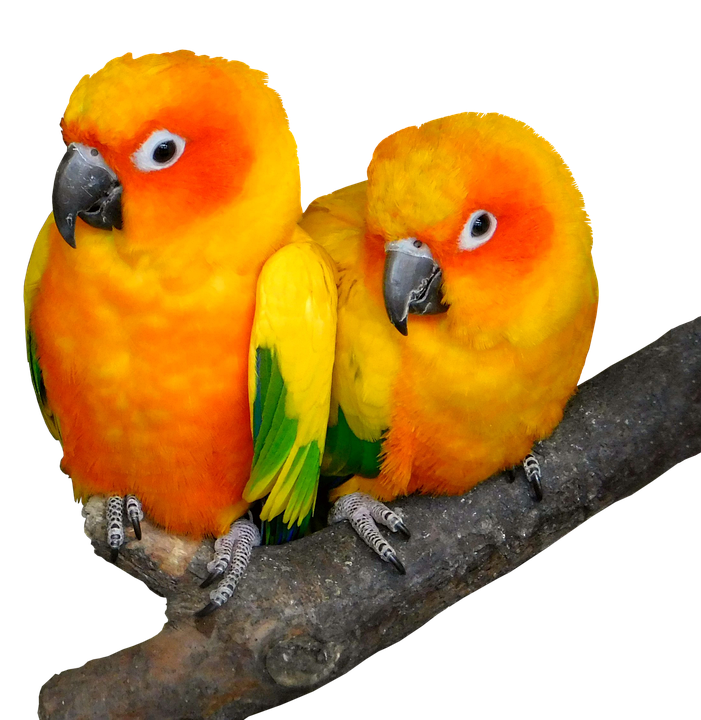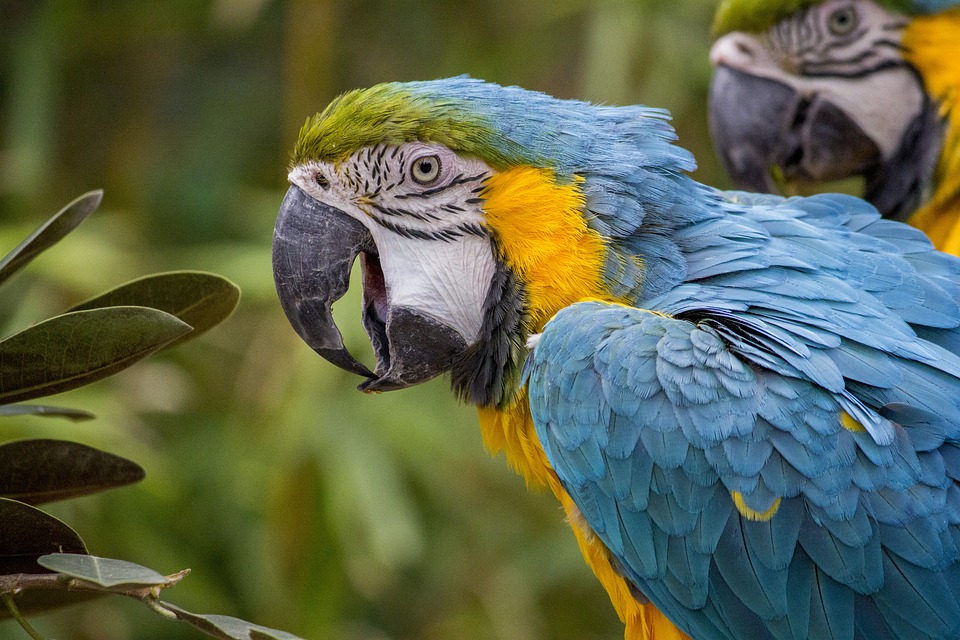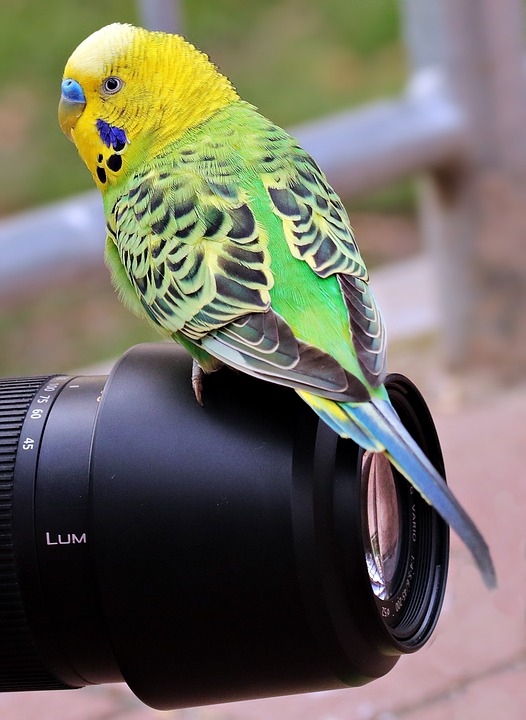Training parrots can be a challenging yet rewarding endeavor. One of the key aspects of successful parrot training is being able to recognize signs of focus and concentration in your feathered friend. By understanding these signs, you can gauge their progress and adjust your training techniques accordingly. In this article, we will explore some common indicators of focus and concentration in parrots.
One of the first signs to look for is eye contact. When a parrot is focused and concentrated, they will maintain steady eye contact with the target of their attention. Their eyes will appear bright, alert, and fixed on the subject or person they are engaging with. This unwavering eye contact is a clear indicator that your parrot is fully engaged in the training session.
Another important aspect to observe is body language. A focused parrot will exhibit certain cues that demonstrate their concentration. These may include an upright stance, slightly puffed-up feathers, and a still head. Additionally, you may notice that their body is oriented towards the task or individual they are focusing on, indicating their undivided attention.
Active listening behaviors are also indicative of focus and concentration in parrots. Just like humans, parrots that are concentrating will exhibit active listening behaviors. They may tilt their head to the side, lean forward, or perk up their ears to better understand and process the information being presented. This attentive behavior indicates that your parrot is fully engaged and receptive to the training session.
The position of their beak can also give clues about their level of concentration. During focused moments, parrots often exhibit a closed or partially closed beak. They may momentarily stop vocalizing or playing with objects to concentrate on the task at hand. This behavior signifies their mental and physical involvement in the training process.
Lastly, stillness and reduced movement are signs of deep concentration in parrots. When a parrot is deeply focused, they tend to minimize unnecessary movement or distractions. You may notice that their body becomes still, with minimal fidgeting or shifting from one foot to another. This stillness indicates their concentration and readiness to absorb the training cues.
Now, let’s address some common questions about recognizing focus and concentration in parrots.
Q1: How long should a parrot be able to maintain focus during a training session?
A: The duration of a parrot’s focus can vary depending on its individual personality, age, and prior training experience. Initially, start with short training sessions lasting around 10-15 minutes and gradually increase the duration as your parrot becomes more adept at focusing.
Q2: What if my parrot seems easily distracted during training?
A: Parrots, especially younger ones, may have shorter attention spans and get easily distracted. Ensure that your training environment is free from potential distractions such as loud noises or other animals. Use high-value treats or rewards to maintain their interest and reinforce positive behaviors.
Q3: Can parrots focus on multiple tasks simultaneously?
A: Parrots are generally better at focusing on one task at a time. Introduce new training exercises gradually, allowing your parrot to master one before moving on to the next. This approach will promote better concentration and prevent overwhelm.
Q4: Are there any signs that indicate my parrot is losing focus during training?
A: Yes, signs of waning focus may include breaking eye contact, increased fidgeting, preening, or vocalizing excessively. If you notice these signs, it’s best to conclude the training session and resume at a later time when your parrot is more focused.
In conclusion, recognizing signs of focus and concentration in parrots is crucial for effective training. By observing their eye contact, body language, active listening, engaged beak, and reduced movement, you can better understand your parrot’s level of attention. Remember to implement short and engaging training sessions, minimize distractions, and provide positive reinforcement to encourage their focus and concentration. With patience and understanding, you can successfully train your parrot and strengthen your bond with them.









